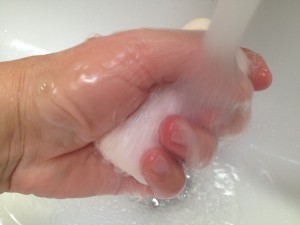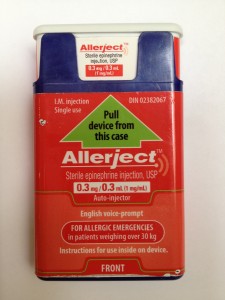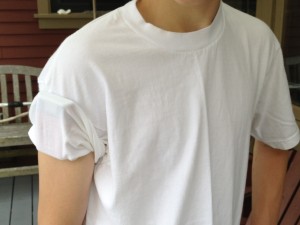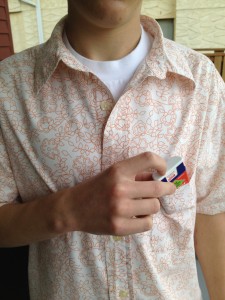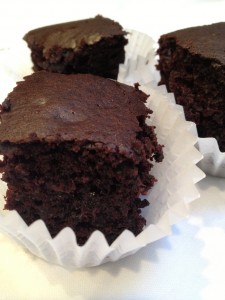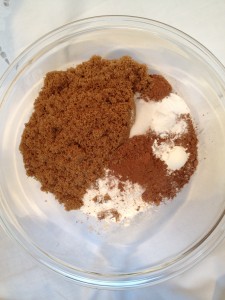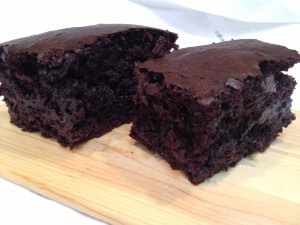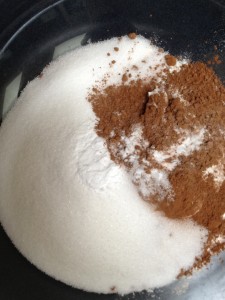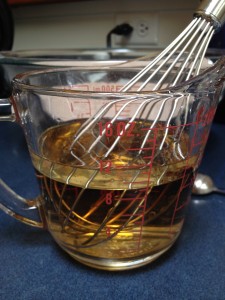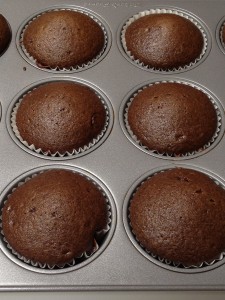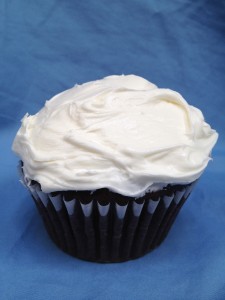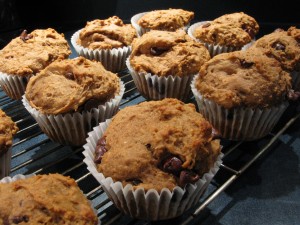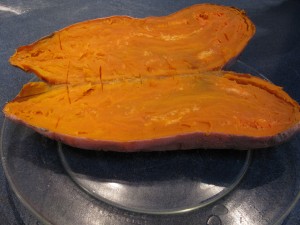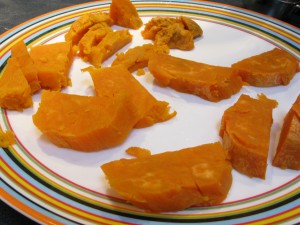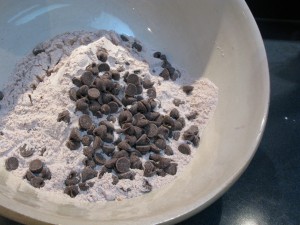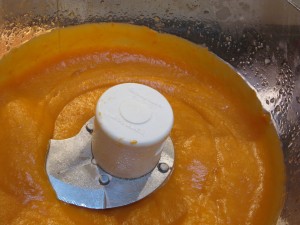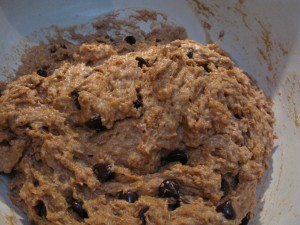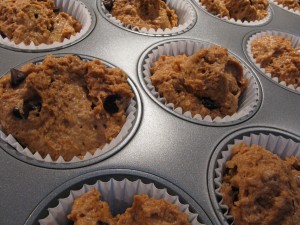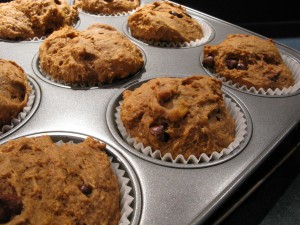My biggest dread is G having an allergic reaction. All sorts of bad scenarios run through my head. None of them good. When I think too much about what could happen, my reality does a little slip to the side and my heart thuds in my chest. But what if reality really wasn’t all bad. Can something positive come out of such a dreadful situation? I think so. I’ll tell you what happened.
It was Saturday lunchtime and G was eating leftovers from a restaurant he had been at the night before. After eating some he started sneezing and his nose started running. He said “I think something’s wrong”. We asked him if he thought he was having a reaction and he said he wasn’t sure.
The last time G had a reaction, he was a preschooler and in the hospital. They had given him the wrong food on his food tray. His first symptoms were a very runny nose. He was too young to now remember this event, but his dad and I remember it very clearly.
So on Saturday when his nose started to run for no reason and he said his throat was beginning to itch we knew the signs were all there that he was having a reaction to the food.
I read very recently a discussion on the AllergicLiving web site about the importance of not waiting to give an Epipen or other epinephrine injection. The progression of a reaction is so unpredictable that a person can seem fine one minute and be going into shock the next. There are too many tragedies that may have been prevented with quicker use of an Epipen. Antihistamines like Benedryl are good but they are not a substitute for epinephrine.
All this was swimming around in my head as G said he was feeling weird. I told him that I thought he should have his Epipen and he agreed without hesitation. I asked him if he would like to do it himself or if he would like me to do it. He asked that I do it. I sat him down in a chair, he was very scared, not knowing what to expect from the injection.
The fear of injecting or using the Epipen can cause people to be reluctant to use it. If you’ve never experienced the injection there is a huge fear of the unknown. How much will it hurt? The needle is huge! It must be excruciating.
With G sitting in the chair I put the Epipen against his thigh and gave it a firm shove (no I didn’t take a swinging stab like most people think!) and G’s reaction was “Oh”. He was totally surprised that it didn’t really hurt. He said it was like someone giving you a friendly shove in the arm.
So what happened next? G’s symptoms cleared very quickly. We went to the hospital so he could be monitored for a while. He hated the affect of the epinephrine which made him fidgety and as he said “wanting to run but not being able to figure out how”! The bad side effect is that when he came down from the adrenaline rush he started to feel the spot on his thigh where I had injected him. That’s when it started to hurt a bit like a bruise. As he would tell you, it was totally worth it!
Obviously the best part of this story is the outcome, but here’s where more good comes in, I don’t just mean G’s reversal of symptoms. The ‘something positive’ I mentioned before, coming from what happened is more than that. G is no longer scared of using an Epipen. He can now recognize his allergic reaction symptoms and he knows that hesitating is a waste of valuable time. First hand experience of using an Epipen is not a lesson plan I would ever recommend if you don’t actually need to use it, but for G the experience was a lesson he will never forget and will probably save his life in the future.

